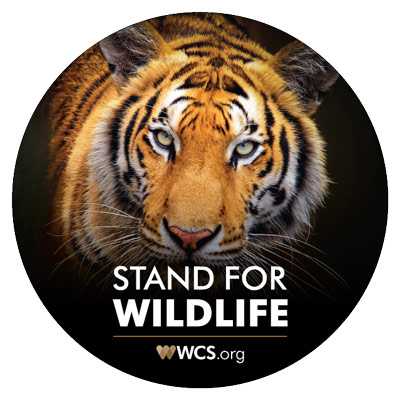Protected Areas
Why WCS?
245 parks and reserves
In the last 100 years, WCS has helped nations and indigenous people to establish and manage 245 parks and reserves protecting nature, securing local economies, and strengthening cultural identities.
2 parks
In Afghanistan, WCS helped create the country’s first two protected areas, Band-e-Amir and Wakhan National Parks. We’re working with communities to manage the parks, which includes training the country’s first women rangers.
2 years
For 2 years before President Bongo of Gabon announced creation of the largest network of protected areas in Central Africa, WCS with our partner WWF surveyed dozens of areas and talked with hundreds of local communities to ensure that Gabon's parks would protect the most wildlife and respect local rights.
KBA Partnership
WCS has played an active role in the development of the Global Standard for Identification of Key Biodiversity Areas (KBAs), and is an active member of the KBA Partnership.
Many if not all of the areas where WCS works are either currently identified as a KBA, or are likely to qualify as KBAs, and we look forward to increasing awareness of the KBA Standard and the role of the KBA concept across all 60-plus countries where we work. WCS has active or pending projects focusing on identifying and or improving conservation of KBAs across many of our Priority Regions, including (but not limited to) East Africa (including Uganda Opens in New Windowand Mozambique Opens in New Window), the Western Indian Ocean, Eastern Atlantic Ocean, Southeast Asia and North America (more from WCS Canada Opens in New Windowand their blog site Opens in New Window). As of right now, WCS has active and/or pending KBA-focused work in 10 countries across four continents.
What's at stake?
Protected areas are not only vital to iconic wildlife such as tigers, elephants, gorillas, manta rays, and bears, they also conserve less charismatic species that might otherwise be lost. They are vital for local communities because protected areas conserve the natural goods and services upon which their economies and cultural identities are founded.
13% but 83%
Formally protected areas cover only a small portion of the planet (13%) but harbor 83% of all endangered wildlife.
Related News
-
October 22, 2024
Colombia Advances in the Protection Of Its National Natural Parks Amid Ongoing Threats
Read the story
-
January 31, 2024
Nouabalé-Ndoki National Park Celebrates 30 Years, as 2023 Marked First Year Without Any Elephant Poaching Detected
Read the story
-
January 17, 2024
New Paper: Highly Productive Marine Areas Are Essential to Future Conservation Efforts That Can Help Achieve 30x30
Read the story
View All News
Colombia Advances in the Protection Of Its National Natural Parks Amid Ongoing Threats
Read the storyNouabalé-Ndoki National Park Celebrates 30 Years, as 2023 Marked First Year Without Any Elephant Poaching Detected
Read the storyNew Paper: Highly Productive Marine Areas Are Essential to Future Conservation Efforts That Can Help Achieve 30x30
Read the storySign Up for Email Updates
Get news from the field and learn about ways you can help Earth’s most threatened species.
